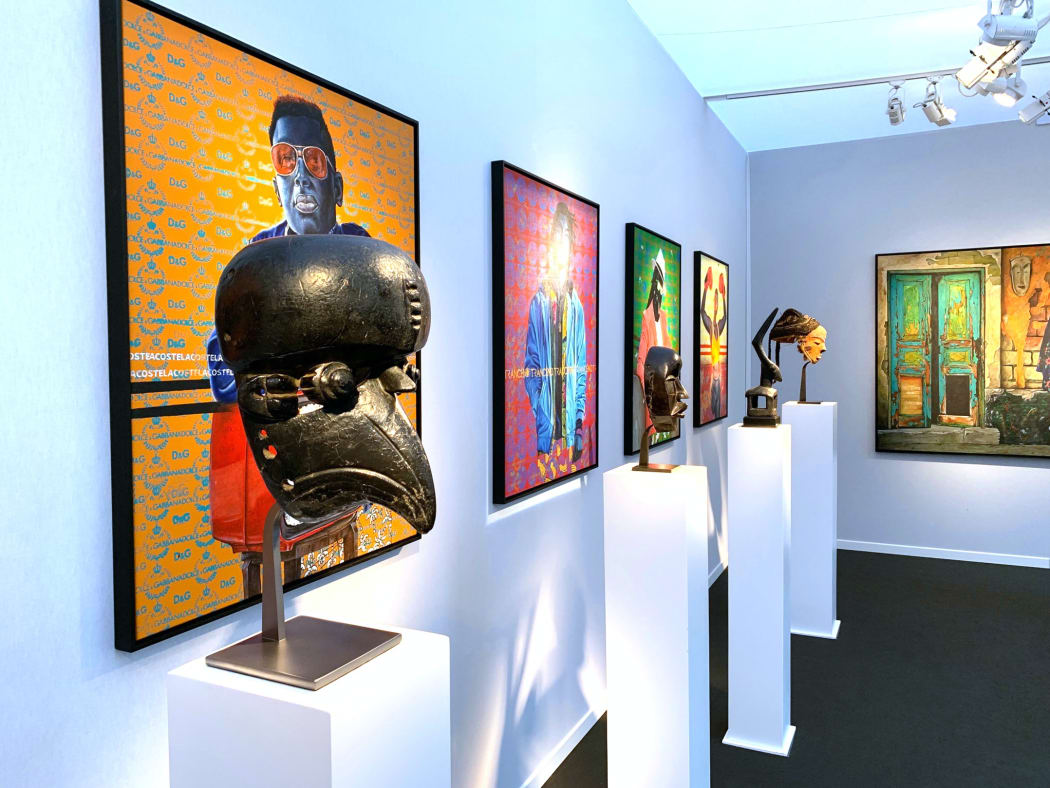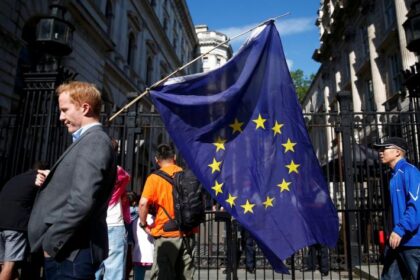At a Glance
- African billionaires increasingly view fine art as both cultural pride and financial asset.
- Major art fairs in Lagos and Cape Town attract global collectors and investors.
- Tech tools like blockchain are reshaping Africa’s growing fine art ecosystem.
In recent years, fine art collecting has quietly become one of the most sophisticated symbols of wealth among Africa’s ultra-rich. Beyond the supercars and private jets, a growing class of billionaires and multimillionaires is curating collections that reflect both personal taste and cultural pride, while also serving as savvy financial assets.
For many high-net-worth individuals, investing in art serves as a means of legacy planning. By building a collection of valuable, culturally significant works, these individuals can leave a lasting impact on the world long after they are gone.
From Lagos to Johannesburg, Africa’s art scene is experiencing a renaissance. Auction houses, galleries, and art fairs are drawing a new wave of high-net-worth collectors eager to acquire contemporary African works, many of which were once held in European collections.
What began as an elite pastime has evolved into a cultural and economic force, reshaping how Africa’s wealthiest express identity and influence.
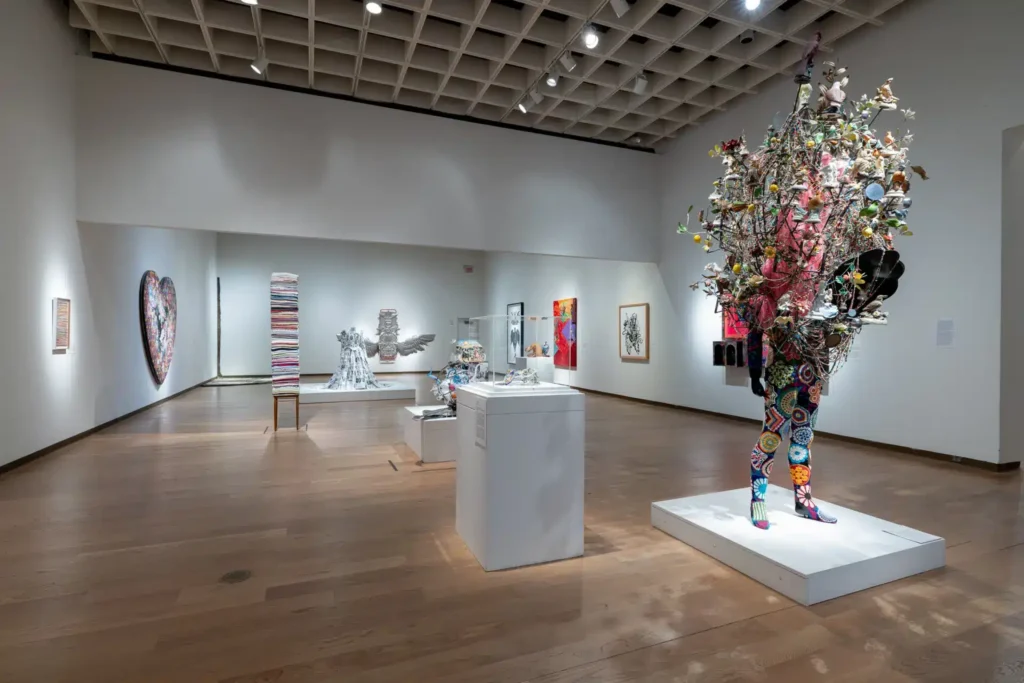
Growing demand for African art
The art collection of the Nahmad brothers is generally considered to be one of the most valuable, if not the most valuable, art collections in the world. Having built their wealth through their work in the gambling and investment banking industries, they started their foray into the art world in the 1960s.
Global appetite for African art has surged, with auction houses recording unprecedented sales. London’s Bonhams and Paris’s Piasa have seen a steady rise in African buyers, signaling a shift from the old pattern of art leaving the continent to one of return and reinvestment.
For collectors, art now carries both emotional and financial value. “African collectors are no longer just patrons, they’re investors,” says Lagos-based art consultant Tola Adefarasin. “They understand that a painting by Amoako Boafo or a photograph by Zanele Muholi can appreciate faster than many traditional assets.”
As private wealth expands across Nigeria, South Africa, Egypt, and Kenya, art is emerging as a preferred asset for diversification. Africa’s top private art collectors include Prince Yemisi Shyllon, who has Nigeria’s largest private collection, and Femi Akinsanya, known for his outstanding collection of African art.
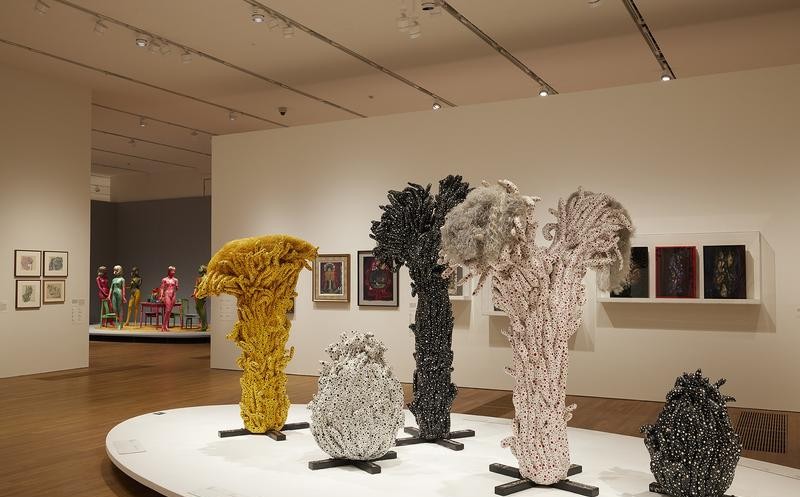
Other prominent collectors are Tunji Akintokun, who is building a collection with the goal of acquiring a piece from every African country, and numerous others such as Kola Aina, Aisha & Gbenga Oyebode, Dotun Sulaiman, and Adeniyi Adenubi.
Major fairs such as Art X Lagos and the Investec Cape Town Art Fair now serve as both cultural festivals and investment marketplaces, attracting collectors who see art as a hedge against inflation and currency volatility.
The rise of Africa’s ultra-rich collectors
Behind the market’s rise are collectors turning passion into public legacy. South African collector Dami Nkosi, for example, has built one of the continent’s most recognized contemporary art collections, including works by Lynette Yiadom-Boakye and Jordan Casteel.
Her acquisitions, often loaned to international museums, blend personal taste with cultural advocacy.
Philanthropists like Swiss-born Maja Hoffmann have also helped amplify African voices globally, while collectors such as Maja Bohnstedt and Albrecht Schniewind, with holdings exceeding 1,000 works, have introduced artists like Chéri Samba and Ghada Amer to wider audiences.
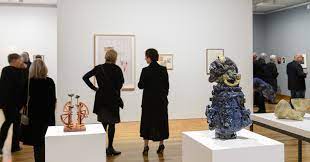
Across Lagos, Cape Town, and Dakar, private collections are evolving into museums and foundations, turning personal wealth into cultural infrastructure and positioning art as a lasting expression of heritage and identity.
Challenges and opportunities
Still, the art ecosystem faces challenges. Infrastructure gaps, limited financing, and weak legal frameworks complicate authentication and valuation. Provenance, verifying a piece’s history, remains a persistent issue where record-keeping is still maturing.
Market swings also bring uncertainty, especially for emerging artists whose prices can fluctuate with trends. Yet that same volatility keeps collectors engaged, part risk, part discovery.
Technology is opening new paths. Blockchain authentication, online auctions, and virtual galleries are improving transparency and expanding access.
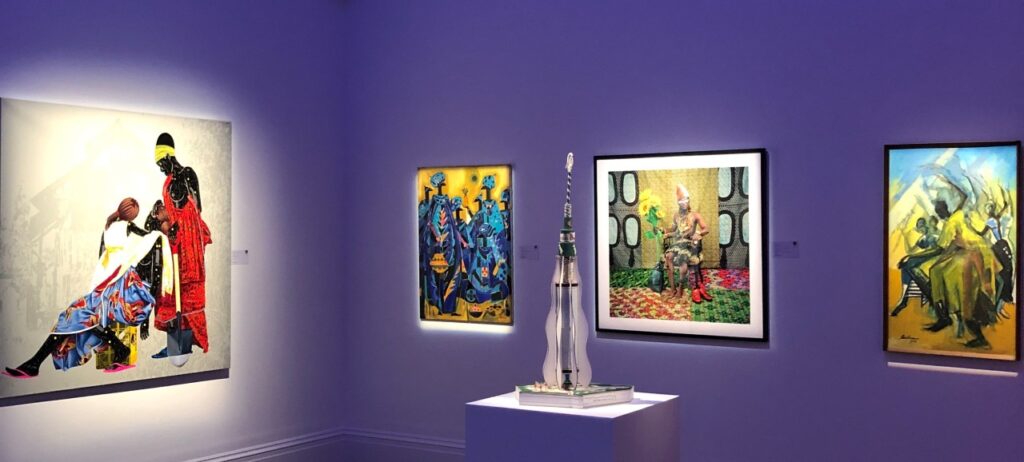
Younger collectors, drawn to digital art and NFTs, are redefining what it means to collect in the 21st century.
Art as legacy and leverage
For Africa’s ultra-wealthy, fine art collecting has become more than an indulgence. It’s a statement of identity, a means of preserving wealth, and a way to shape how the continent’s story is told. In economies often driven by oil, mining, and real estate, art offers a quieter, enduring kind of power.
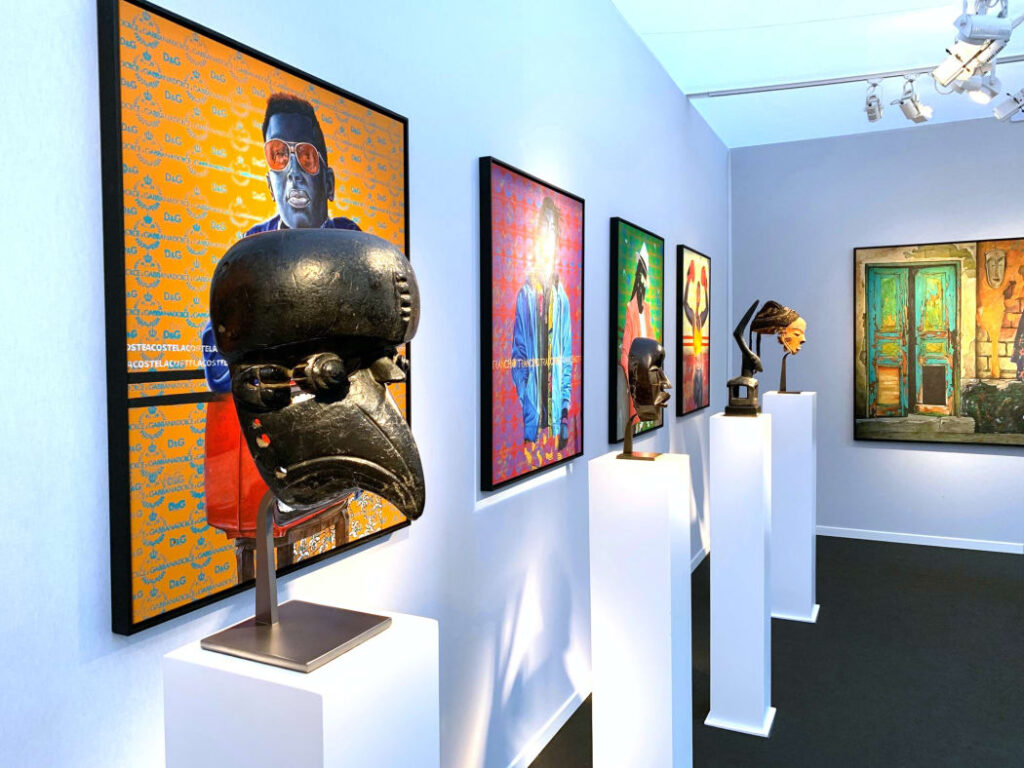
As more collectors invest in African creativity, the narrative is shifting. The continent is no longer just producing world-class art, it’s keeping it. And in doing so, Africa’s richest are ensuring the next chapter of its cultural story is written, owned, and celebrated at home.

